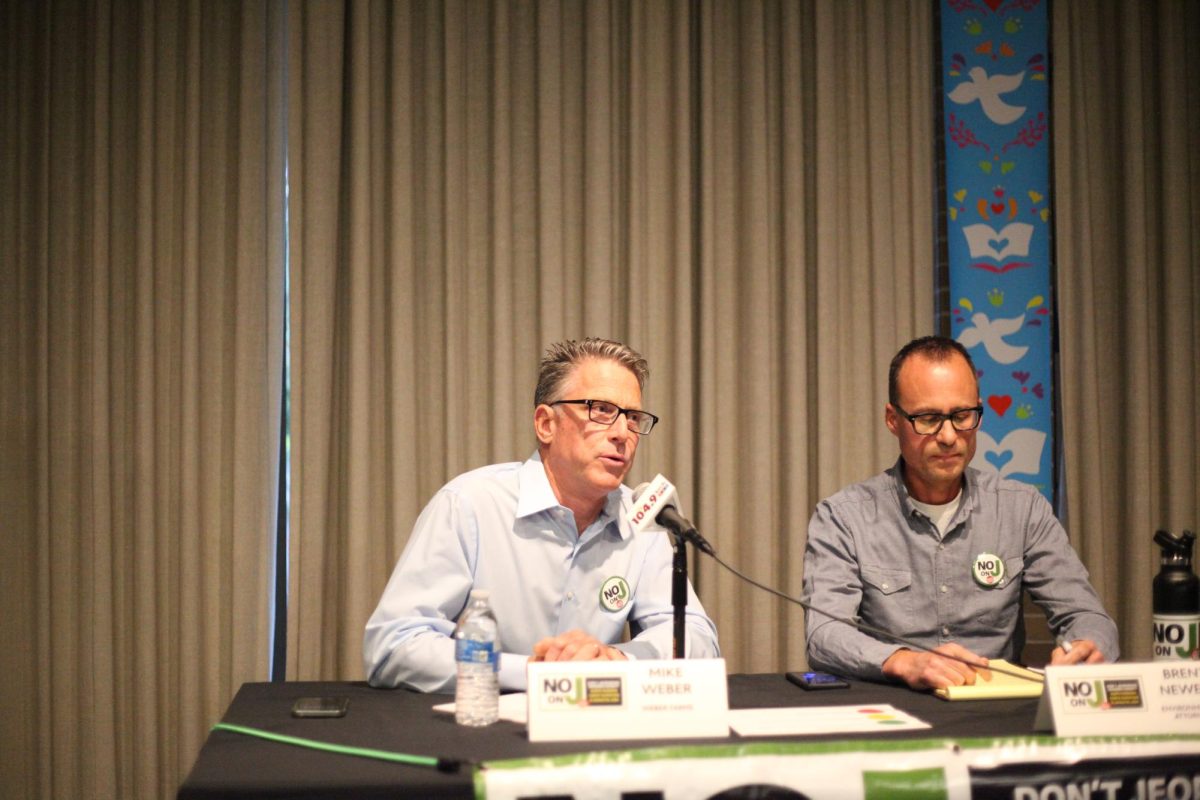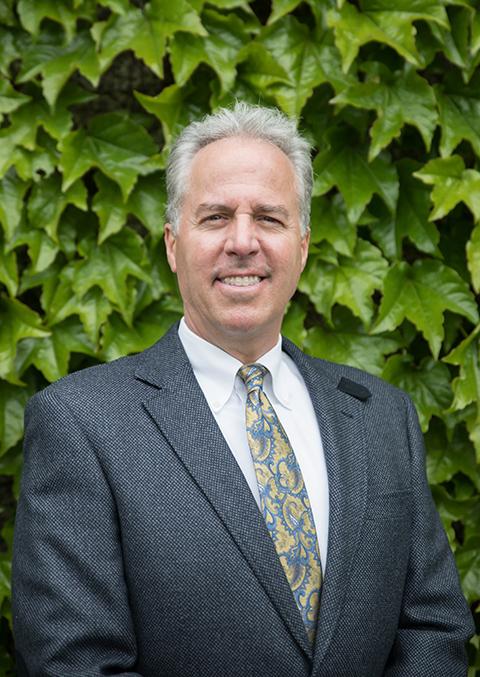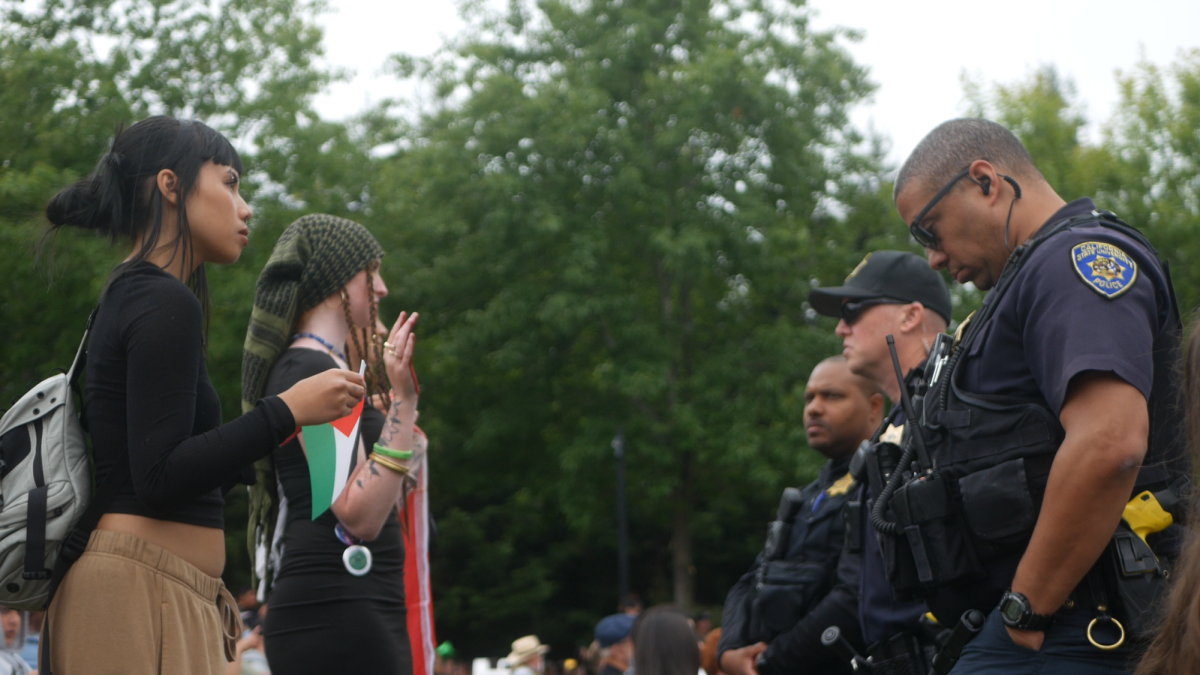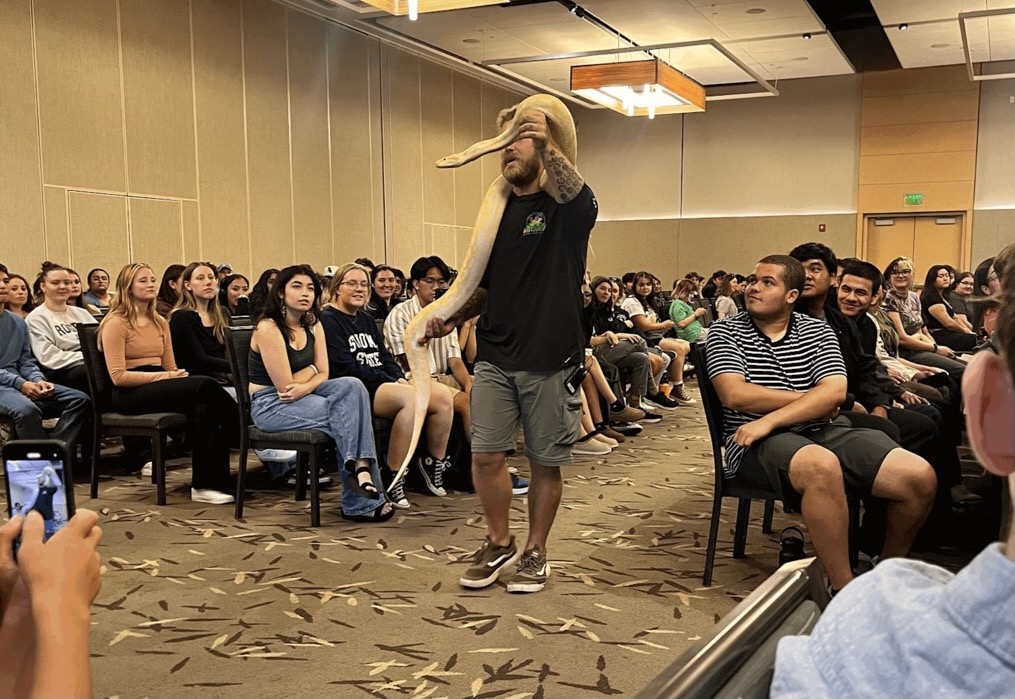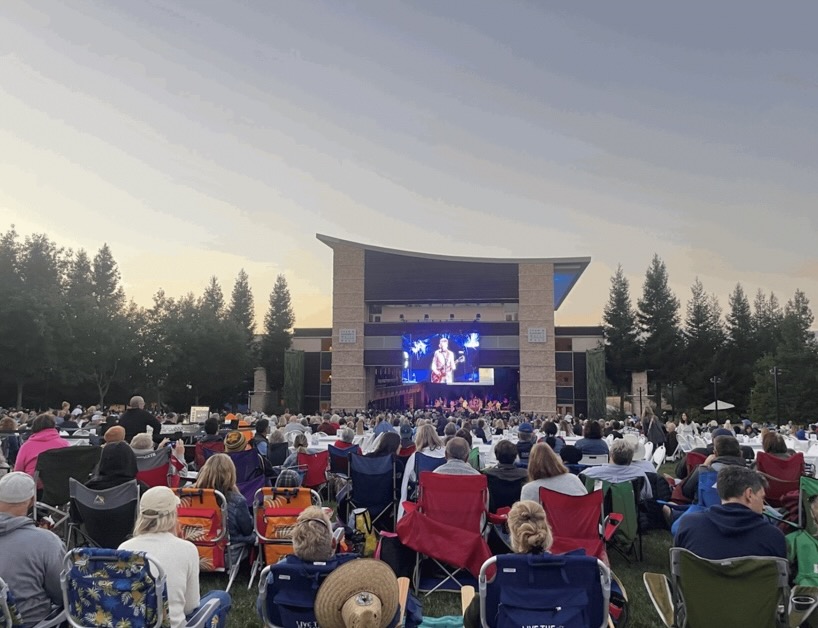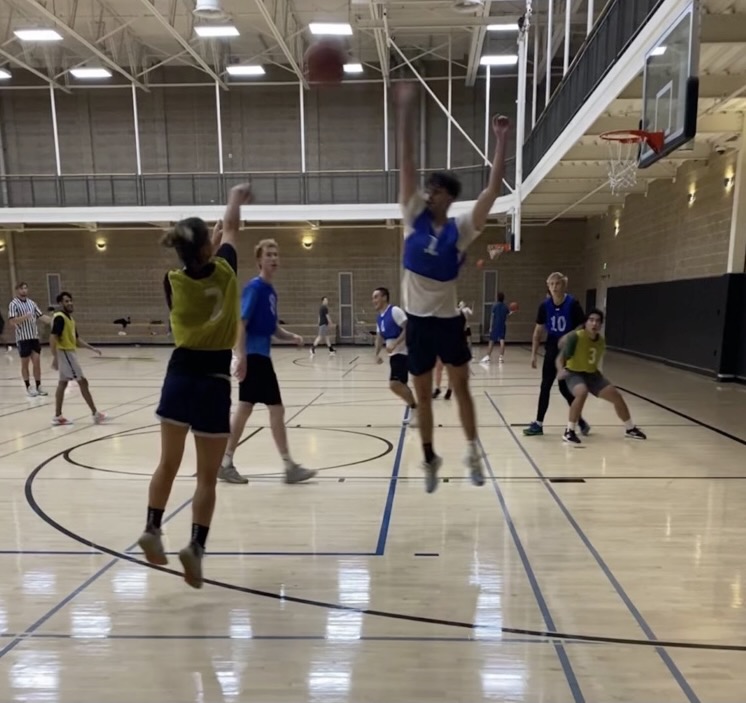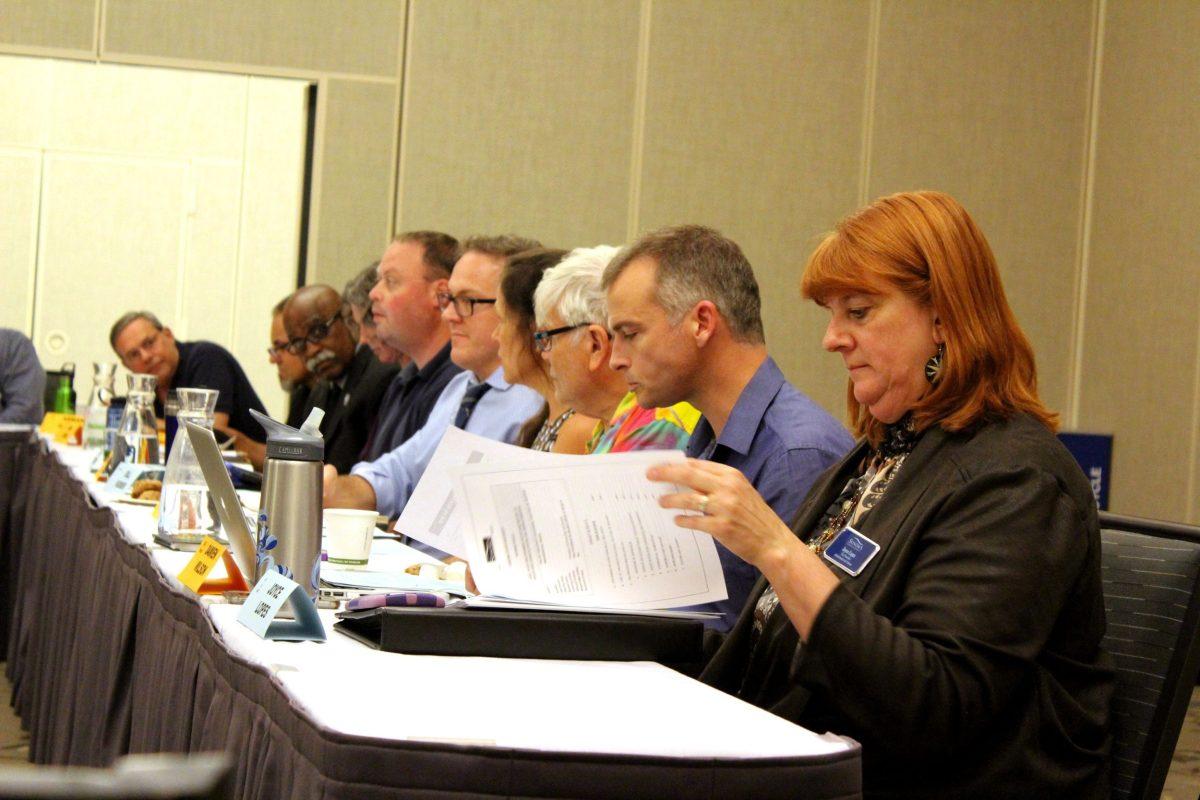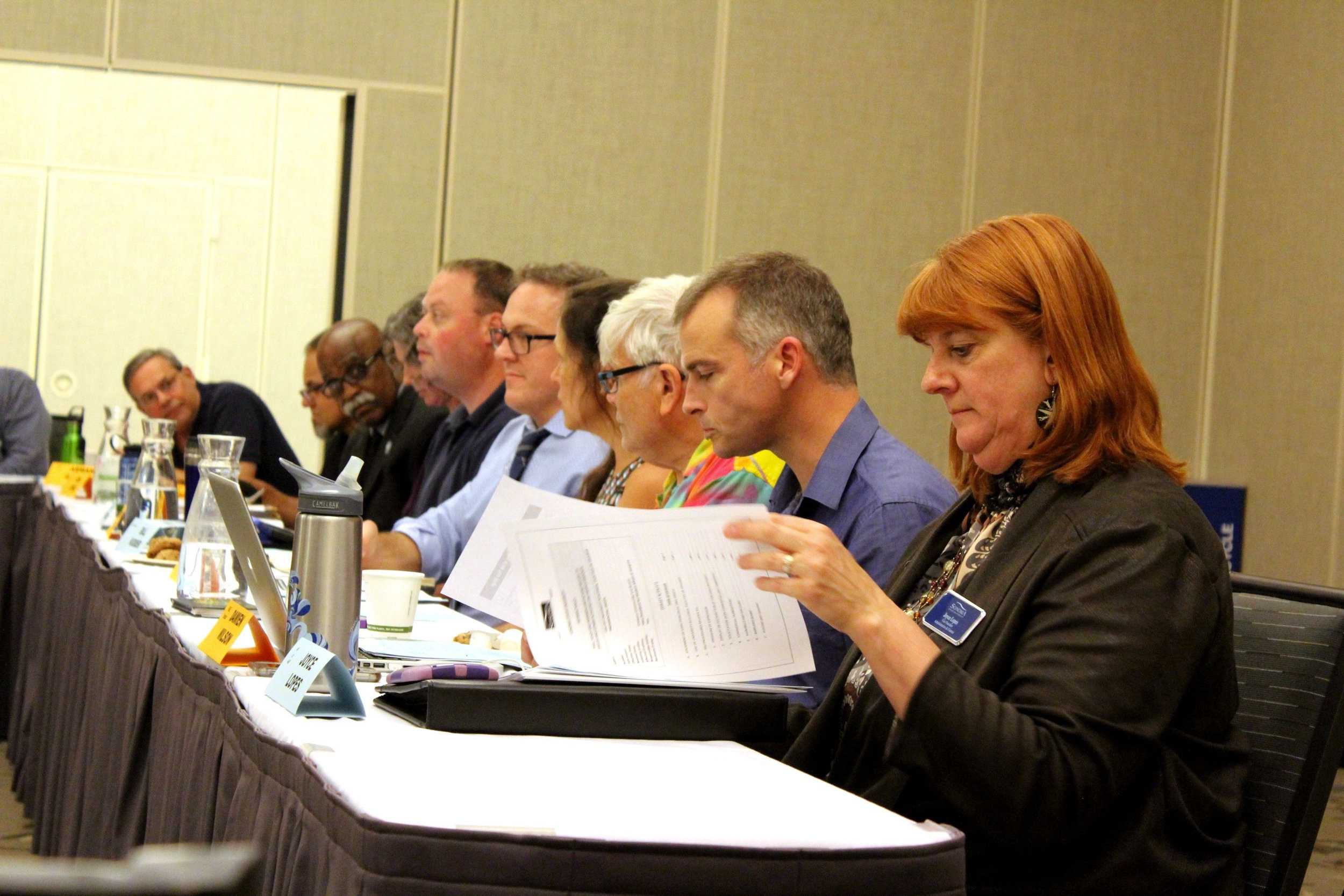Although the fires may have stopped burning, their impacts are still heavily felt. A month after the devastating North Bay inferno, the community finds itself in a recovery process. But how will this region house all the people who have been relocated by the fires in addition to housing all of the new people who will come to the area to help rebuild? This was the major topic of discussion at the Sonoma State at the Academic Senate meeting on Thursday.
“Many of us still don’t know where we will live,” said Sonoma State University President Judy Sakaki. “We don’t know where our community will lay down new roots, or how long it will take to do so.”
She noted that Santa Rosa alone lost roughly 5 percent of its housing stock “at a time where housing in the North Bay was already difficult.”
According to Sakaki, that translates to nearly 3,000 homes lost in Santa Rosa and more than 5,000 homes lost in Sonoma and Napa counties. Her home in the Fountaingrove area of Santa Rosa was among those that were lost in the early hours of the fires on Oct. 8 and Oct. 9.
“Those numbers have a real impact on our student, faculty staff and alumni – and it is one of the challenges our community must help resolve in the months to come,” Sakaki said.
During the Academic Senate discussion, Catherine Nelson, chair of the Political Science Department, questioned whether Sonoma State has any vacant dorm rooms, and, if so, whether they could be offered to fire victims.
Vice President of Administration and Affairs Joyce Lopes said they did inventory recently and found only 40 vacant beds in freshman living. According to Lopes, they did reach out to students who lost their residencies and have placed some of them there.
The Academic Senate also dedicated a large part of the meeting to discuss with Rohnert Park Mayor Jake Mackenzie.
Mackenzie went into some of the history of housing in Rohnert Park and the future plans for developments to help answer the looming question of impacted housing due to the fires.
According to Mackenzie, starting in 2001, Rohnert Park updated its city plan, amending it to include the University District’s and its plans to create 1,400 new houses and apartments.
Mackenzie also mentioned a potential development area on the corner of Petaluma Hill Road. There, he said, is 88 acres of land that was fought over politically in the ‘90s and is now called Willowglen.
The last place Mackenzie mentioned for potential housing was Sonoma Mountain Village, and said they scheduled it to accommodate 1,900 housing units.
“It’s hard to know what is going to happen in Sonoma Mountain Village, because they have been successful in leasing buildings, but are still trying to get partners for the financing to start building the actual village,” Mackenzie said. They proposed this development 12 years ago, and not one home has yet been built, he said.
Mackenzie said he is hopeful that these areas will help alleviate the housing impact that Rohnert Park will face.
“We have developmental agreements with the University District, the Willowglen people and with Sonoma Mountain Village. So that is over 4,000 units planned,” Mackenzie said. “In terms of faculty and housing, hopefully Rohnert Park will be part of the answer to that problem.”
Lopes agreed that the housing issue is at forefront of the university’s mind.
“We feel like we need to take a role and responsibility as the county rebuilds, in figuring out how we provide housing for our faculty and staff and our students,” she said.
Lopes was specifically worried about how students will be impacted come next year. “They will at least give up their leases at the end of the semester, and, over the summer, people will want to move into those houses and students are going to come back and not have a place to lease,” Lopes said.
Lopes said the university is making efforts to find solutions right away..
“Whether it is the 88 acres, with the University District, or with Sonoma Mountain Village or others, we are committed to partnering our community to Rohnert Park and others in figuring out how we provide housing that is affordable for housing our faculty, staff and students as soon as possible,” she said. “And we have to look at short-term solutions and long-term solutions.”

